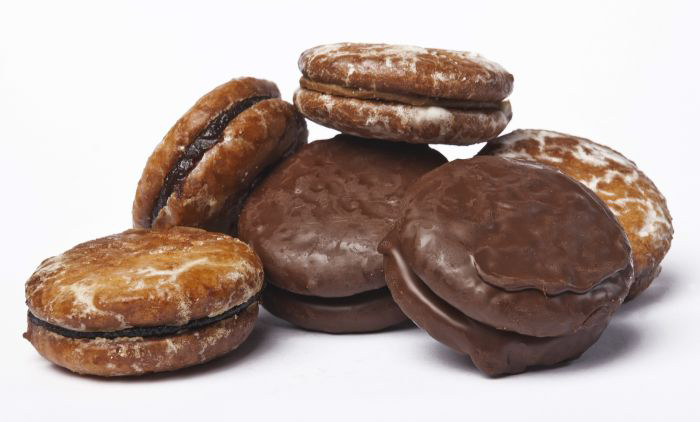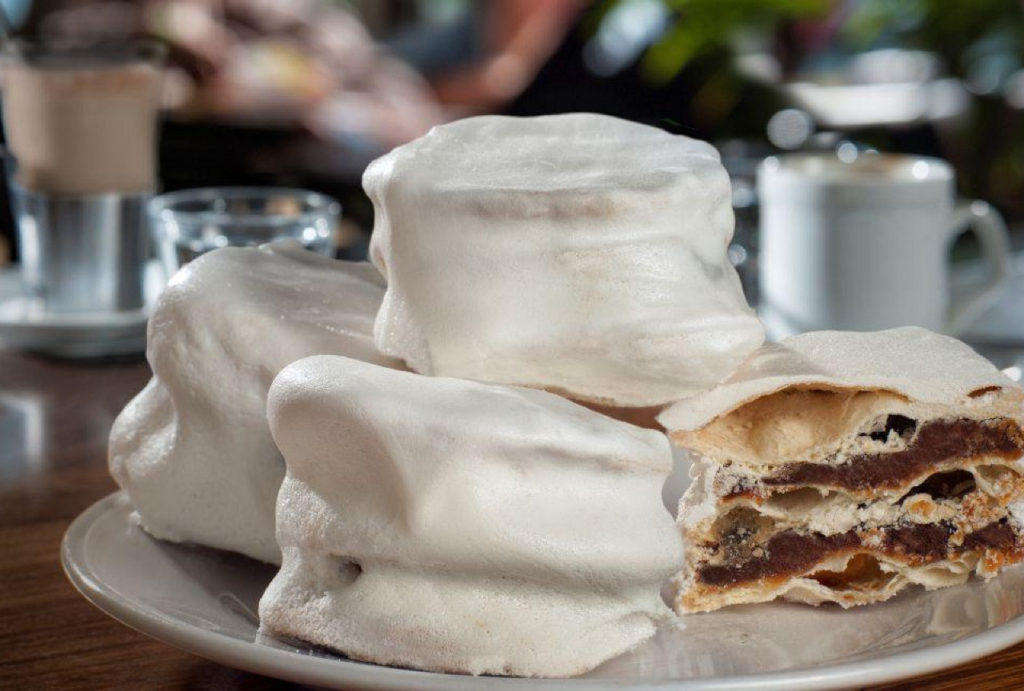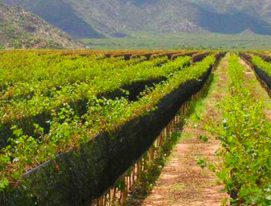The alfajor has a long history: it first appeared in Arabic countries as a pastry stuffed with almonds, nuts and honey and was known as “Al-hasú”, which means “filling” in Arabic. Later it evolved into something more similar to its present form: two layers of pastry with a sweet filling and a glaze or chocolate coating.
It was brought to South America by the Spanish and soon became a popular sweet treat across the continent.
Argentina embraced the concept of the “alfajor” making it her own: an icon among sweet deserts alongside dulce de leche ice cream, another essential classic.
Popular history has it that it was in the middle of the 19th century that a Frenchman, Augusto Chammás, gave Argentine alfajores their final twist, making them round instead of square to begin an Argentine tradition.
Today, anyone traveling across the country will find a range of different versions from each region. As in the world of wine, it’s fair to say that there are as many different kinds of alfajor as there are terroirs in Argentina.

Bear in mind that in addition to the traditional fillings, there are also plenty more innovative ones. For instance, in wine country, some include among their ingredients Malbec, Cabernet Sauvignon, Merlot and sparkling wines. Some of the best are: La Goulue (Buenos Aires), Mamazza (Entre Ríos) and Portal del Viento (Mendoza), not to mention the version made in Jujuy, at Bodega y Viñedos Jesús Vilte, which are the only alfajores in the world to be made entirely from grape seed flour.
Argentine Alfajores across the country’s tourist destinations
From Mar del Plata, the happy alfajor
This seaside town and port on the coast of the Province of Buenos Aires is one of the largest in the country. Historically it has been an extremely popular vacation spot and a custom that remains to this day is to return home with a box of classic Mar del Plata/ Argentine alfajores.
A pioneering location for artisanal alfajores, Mar del Plata tends to produce a version with a soft pastry, filled with dulce de leche and coated in dark chocolate or meringue sugar although there are many different variations and combinations.
Santa Fe, crunchy and distinct
If you’re traveling through Santa Fe, you’ll likely stop in Rosario to see the Monument to the Flag and make a pit stop for a coffee with a classical Santa Fe alfajor. They’re easily recognizable thanks to their glaze and layers of dulce de leche filling.
But the most important secret to these alfajores is their crunchy pastry, which is achieved by adding a dash of liqueur. Don’t be surprised if you detect a hint of aniseed, the traditional recipe calls for anis, it’s delicious!
A literary tidbit for you: in his famous story The Aleph, writer Jorge Luis Borges mentions Santa Fe alfajores.

The regional fruit of Córdoba
Every year, the town of La Falda hosts the National Alfajor Festival, making the sweet treat king in the central province. The difference here compared to other Argentine alfajores is that Córdoba’s pastry tends to be lighter and spongier with a filling of regional fruit jams and a lemon and icing sugar glaze which gives it a crunchy texture.
These delicacies from the stunning Sierras of Córdoba are best accompanied by mate or a coffee.
Mendoza and its mountain alfajores
One of the distinctive characteristics of Mendozan alfajores is that the pastry is made with ground up nuts, giving it a unique flavor as well as a soft, creamy texture.
So wine country also has a top class alfajor, in fact Mendozan alfajores regularly win national awards and are often declared the best in the country. The dulce de leche filling never lets you down.

Cane syrup from the North
In Tucumán, Jujuy, Salta, one generally finds alfajores made with cane syrup, a traditional local product used in different desserts. In the case of this treat, the syrup is beaten with egg whites into a meringue which then becomes the filling.
The fresh pastry ought to be tender and golden. “Las claritas”, as they’re known in Tucumán, can also be filled with dulce de leche or quince jelly.
Riverside alfajores from Corrientes
In the town of Paso de los Libres in Corrientes, you can enjoy alfajores made with a traditional local product: mandioca. Filled with candied fruit, they are made fresh and have become a classic of regional cuisine.
Argentine alfajores are wildly popular and tend to win over visitors to these lands. If you don’t believe us, just head over to any kiosk in the street: you’ll likely have at least a dozen different varieties to choose from.



